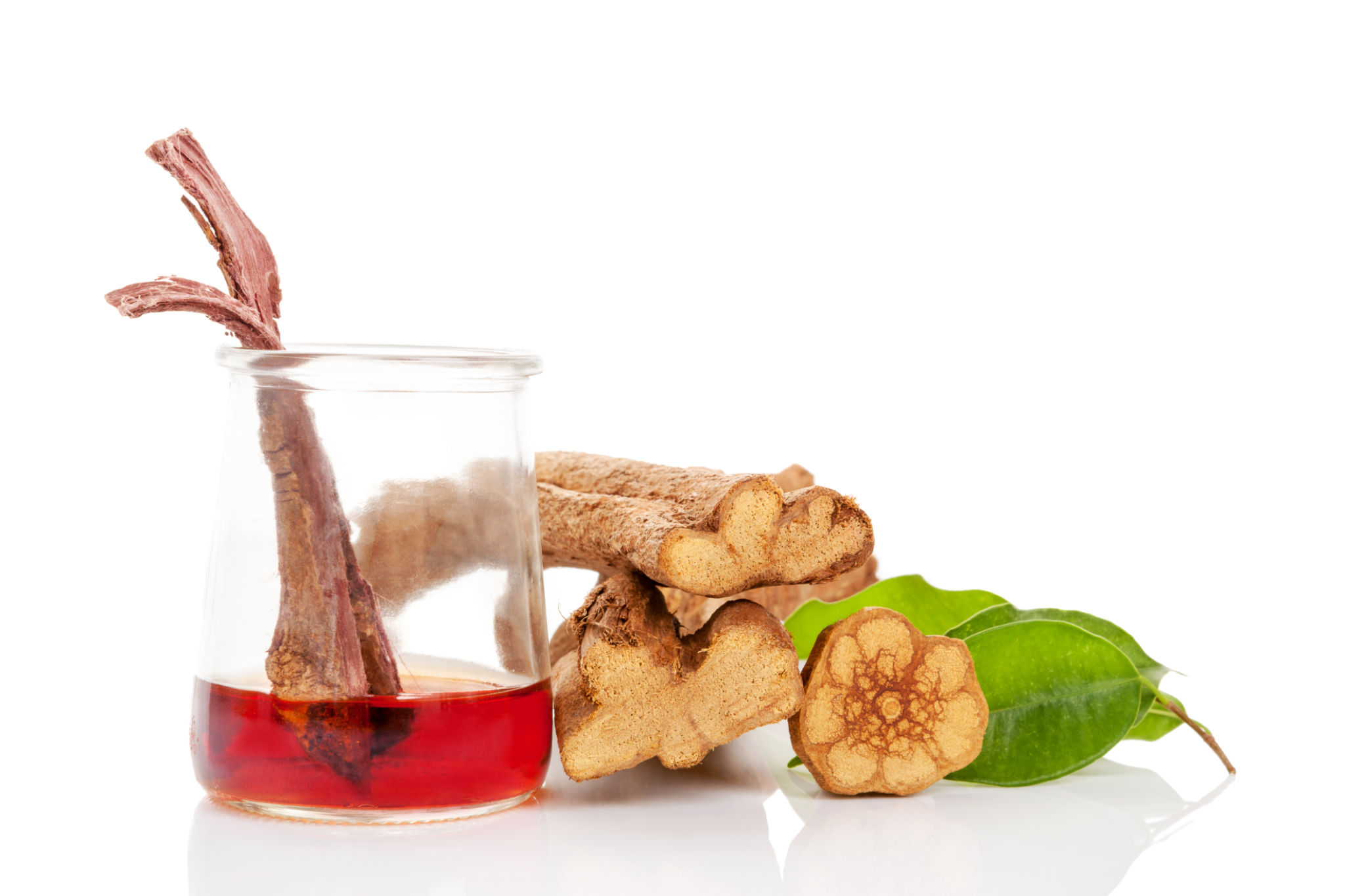The Role of Mimosa Hostilis in Traditional and Modern Practices
Introduction to Mimosa Hostilis
Mimosa Hostilis, also known as Jurema or Tepezcohuite, is a plant native to the northeastern region of Brazil and parts of Mexico. It has been revered for centuries due to its versatile applications in both traditional and modern practices. The plant's bark and root are particularly valued for their medicinal and psychoactive properties, making it a subject of interest for many cultures and researchers.

Traditional Uses of Mimosa Hostilis
In traditional practices, Mimosa Hostilis has been used by indigenous peoples for its healing and spiritual properties. The bark is renowned for its ability to treat a variety of skin conditions, including burns, scars, and wounds. This is due to its high content of tannins and other compounds that promote skin regeneration and reduce inflammation.
Furthermore, the plant has played a significant role in spiritual rituals. It is used in the preparation of a sacred drink called Jurema, which is believed to facilitate communication with the spiritual world. This practice is particularly prevalent among indigenous tribes in Brazil, where the plant is considered a bridge between the physical and spiritual realms.
Modern Applications in Medicine
Mimosa Hostilis continues to captivate modern science, particularly in the fields of dermatology and pharmacology. Its skin-healing properties have paved the way for it to be included in various skincare products, such as creams and ointments aimed at reducing wrinkles and improving skin elasticity. The regenerative capabilities of the plant make it a natural alternative to synthetic chemicals in cosmetic formulations.

Additionally, researchers are exploring its potential in treating mental health disorders. The psychoactive compounds found in Mimosa Hostilis are being studied for their effects on mood enhancement and anxiety reduction. While more research is needed, preliminary findings suggest promising therapeutic benefits.
Cultural Significance and Ethical Considerations
The cultural significance of Mimosa Hostilis cannot be overstated. It holds a revered place in the traditions and beliefs of many indigenous communities. As interest in the plant grows, it is crucial to approach its use with respect for these cultural roots. Ethical sourcing and sustainability are key considerations to ensure that traditional practices are honored and that the plant's natural habitat is preserved.

Furthermore, as the demand for Mimosa Hostilis products increases, it is important for consumers to be aware of the origins of the products they purchase. Supporting companies that prioritize fair trade and sustainable harvesting methods can help protect both the environment and the cultural heritage associated with this remarkable plant.
Conclusion
Mimosa Hostilis serves as a fascinating example of how traditional knowledge can intersect with modern science. Its diverse applications in healing, spirituality, and cosmetics highlight its enduring value across different cultures and eras. As we continue to explore its potential, maintaining a balance between innovation and cultural respect will be essential for its sustainable use.